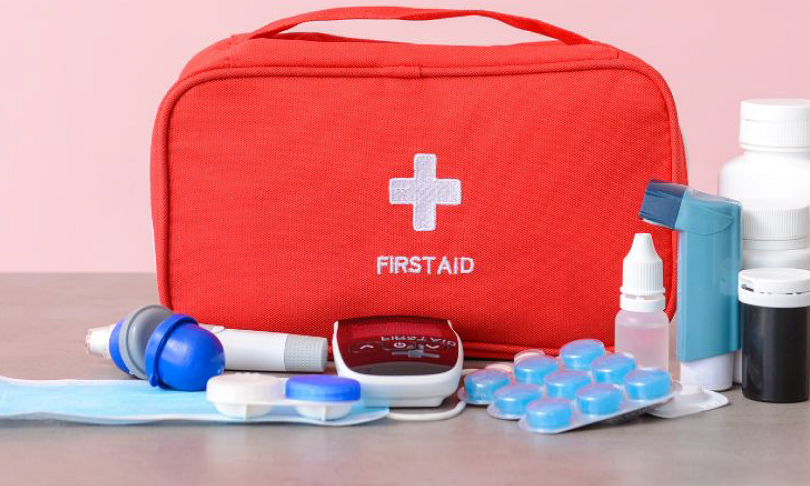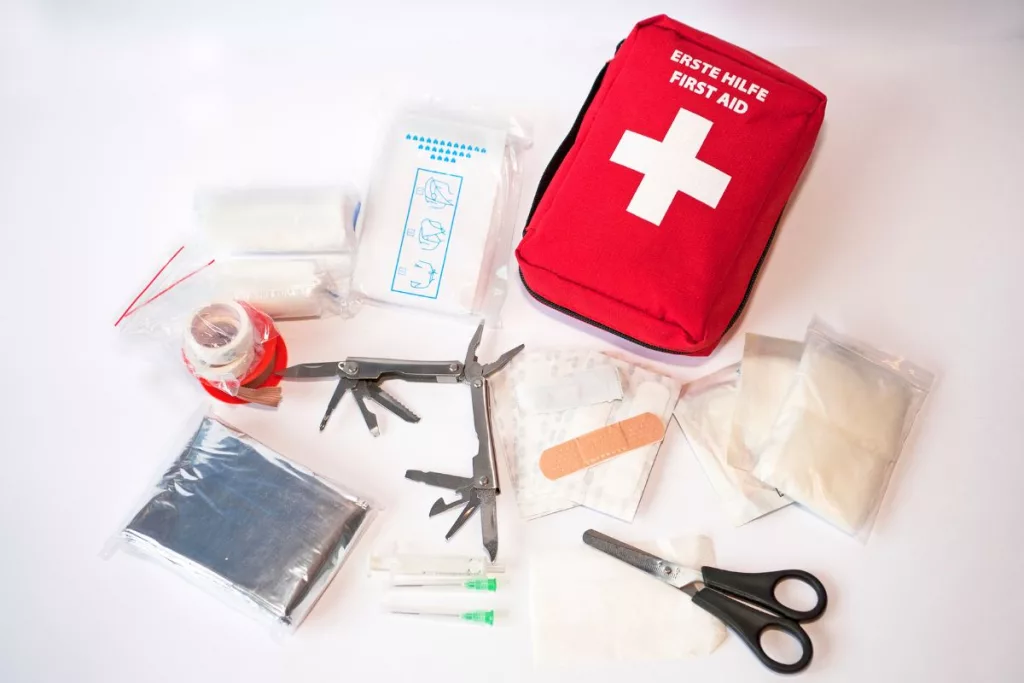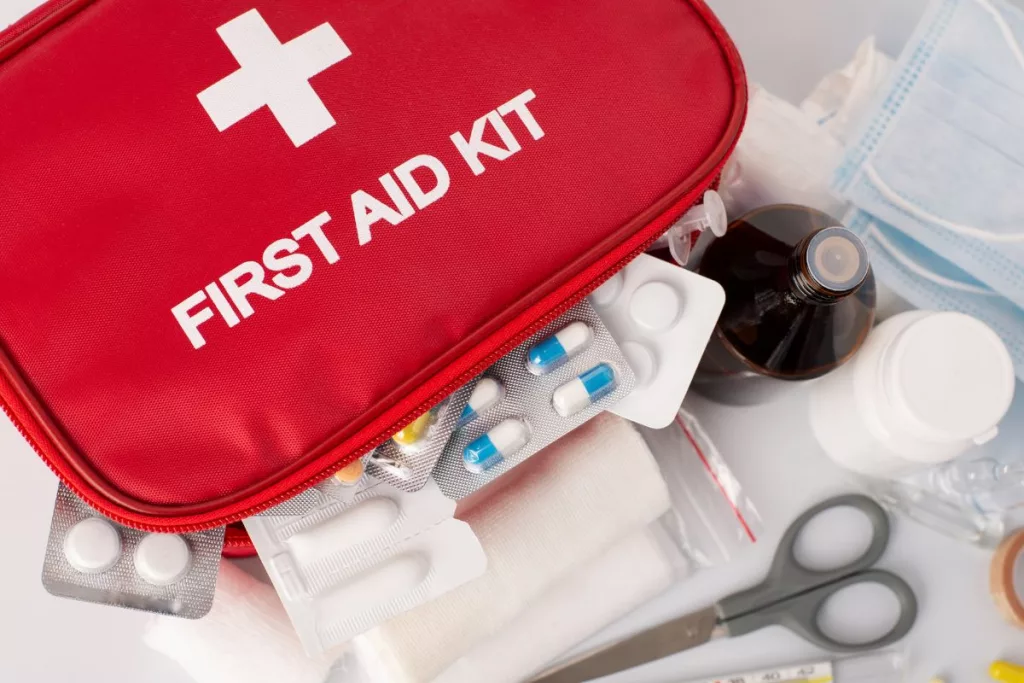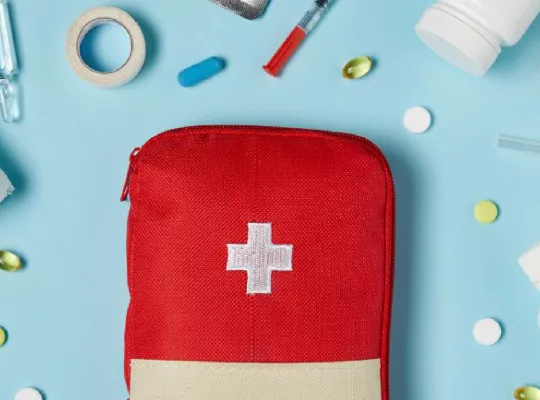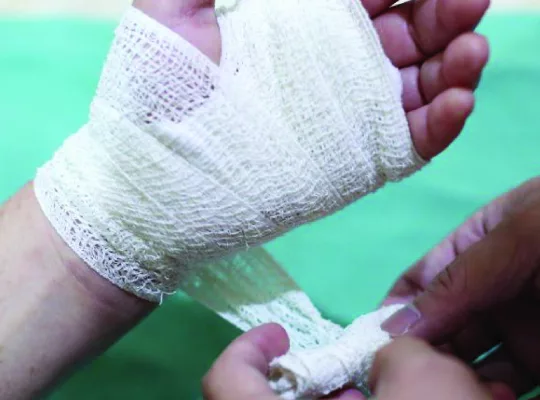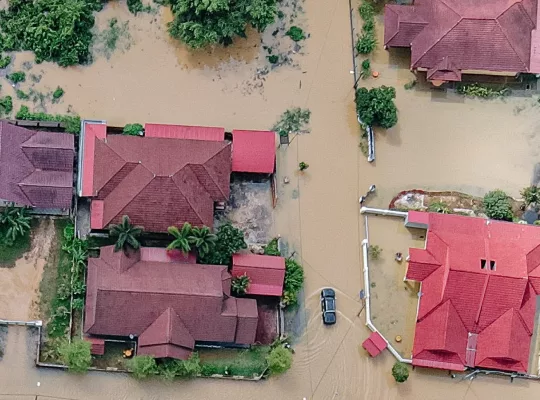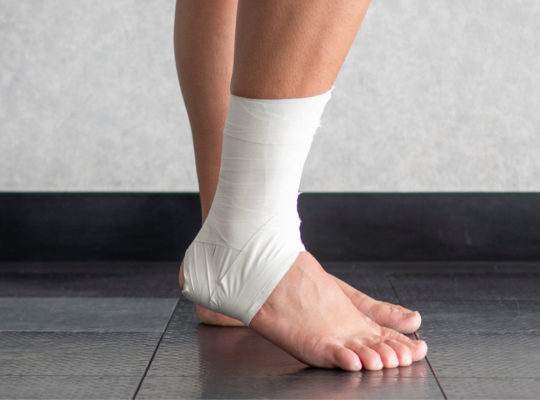If you’re looking for what to include in your first-aid kit, then you’ve come to the right place. In this guide, we have outlined everything you need to know about the importance of a first aid kit and how to build one yourself.
First aid is one of those things that you don’t really think about until it is too late. Having only the basic knowledge of emergency care or field dressing can go a long way.
One of the most important things to understand is how to make a first aid kit. Don’t worry, we have provided you with all the details on how to do so.
Besides looking at what a first aid kit is and why it is important, we have also covered everything that you need to include in such kits and how to start making your own.
In addition to having bandaids, tape, and gauze, you may also want to include some medicine, including painkillers.
With this in mind, this article will explore everything you need to know about first aid kits and what to include in them.
Let’s get started.
What Is A First Aid Kit?
Most of us have probably seen a small green box with a white cross on the front or a box letting you know there is a first aid kit inside.
The contents of these boxes are crucially important, therefore, is it important to ensure that they are fully stocked and ready to be used when required.
Reaching for a first aid kit that is empty or lacking necessary components can have serious repercussions for anyone injured or ill.
First aid kits were first developed by Johnson & Johnson in 1888. The idea was sparked by a conversion between Robert Wood Johnson and the Denver & Rio Grande Railway’s chief surgeon aboard a train.
Here, the surgeon was explaining to Johnson that the unique injuries sustained aboard the train were hard to treat since they were so far from the hospital.
Johnson saw this as a business opportunity and, as a result, developed the first commercial First Aid Kit.
Since their early railroad days, these first aid kits have come a long way.
However, the principle remains the same: having the necessary equipment on hand to help treat injured and ill patients until proper medical assistance arrives.
Why Are First Aid Kits Important?
Having a basic understanding of the knowledge of the principles of medicine and healthcare is extremely beneficial.
Regardless of whether or not you are interested in a career in the field, having the skills can not only benefit yourself but someone else one day.
In some more serious situations, having proper knowledge of first aid can be a life-or-death situation.
However, a study found that only 5% of people have adequate knowledge, confidence, and willingness to act if someone is unresponsive and breathing, bleeding heavily, or unresponsive and not breathing.
Therefore, having an understanding of basic first aid fundamentals can make you an everyday hero and potentially save someone’s life.
What To Put In Your First-Aid Kit
A good first-aid kit will contain all the necessary tools – and medications – for any type of situation that may come up.
Depending on the family, each first-aid kit will vary considerably. However, there are a few fundamental pieces every kit should contain.
This includes:
Wound Care Supplies
When it comes to at-home injuries, these typically fall under general wounds (for instance, sidewalk scrapes and small kitchen mishaps).
Therefore, you’ll want to make sure your first aid kit is stocked with items to dress and clean minor injuries.
For cleaning wounds, you’ll need:
- Bulb suction device for flushing wounds
- Antiseptic solution and towelettes
- Hydrogen peroxide
- Eye drops
- Spray bottle of saline wound cleanser
For treating wounds, you’ll need:
- Aloe vera gel
- Antibiotic ointment
- Hydrocortisone cream or ointment
- Calamine lotion
For dressing wounds, you’ll need:
- Sterile gauze stuck to dressing wounds
- Bandages of all sizes to accommodate all types of wounds
- Bandage wraps – these can be used for anything including holding an ice pack in place and stabilizing a sprained ankle
- Adhesive tape to secure gauze
Hand Sanitizer
Have some leftover hand sanitizer? Then add some to your first aid kit. These are essential for cleaning your hands before you start to tend to any type of injury.
Even if the task is as little as putting on a bandage, you’ll want to make sure your hands are clean before doing so.
Ice Packs
You should also keep a few instant ice packs stocked, too. These provide you with cold therapy without having to be frozen.
All you have to do is give them a squeeze when you’re ready to use them. A small popping sound indicates that they are ready to be used as a cold compress.
That said, since nothing can truly replace the effects of a frozen ice pack, you should keep a cold compress or a real ice pack in your freezer at all times.
Medications
You should stock your first-aid kit with over-the-counter medications that you may need in a pinch, for instance:
- Allergy medicine, including non-sedating antihistamines
- Antacids
- Aspirin
- Anti-diarrheal medication
- Painkillers, including ibuprofen, naproxen or acetaminophen caplets. These are good for anything ranging from headaches and pain to strains and muscle sprains
- Cold and cough medications
You can also put a pill bottle in your first aid kit to carry these medications.
Other Household Items
You might want to consider adding these other helpful household items to your first aid kit, too. Below, we have included some things you might want to include in case of an emergency.
- Examination gloves
- Cotton swabs and balls
- Face mask
- First-aid manual
- Petroleum jelly or another lubricant
- Flashlight
- Thermometer
- Scissors
- Tweezers – especially for when you need to remove splinters
Ready-Made First Aid Kits Vs DIY Versions
When it comes to first aid kits, you may be tempted to purchase a ready-made version. These may look more convenient, however, according to pharmacists, they tend to be of poor value.
This is generally because they include items you don’t need or will use, including:
- A foil blanket.
- Only contain a small amount of the things you’ll use the most, for instance, plasters.
- Omit various useful items, including a thermometer and a hydrocortisone cream.
While ready-made kits can sometimes be cheaper and come in a convenient, hard container, by creating your own, you’ll likely get much more for your money and you can include all the items you actually need.
Therefore, to ensure you have everything you need in case of an emergency, it is best to create your own kit.
However, don’t worry, with the help of this guide, you should know exactly what to put in your first aid kit.
Final Thoughts
Having a fully stocked first aid kit can sometimes mean the difference between life and death in serious situations. Therefore, having one on hand is important.
In addition to having a first aid kit, you’ll want to make sure it contains all the necessary tools and medication to treat minor injuries.
Likewise, you’ll want to know how to use this equipment, too.
Hopefully, this guide has informed you on everything you need to know about first-aid kits and whether or not you should include painkillers.

